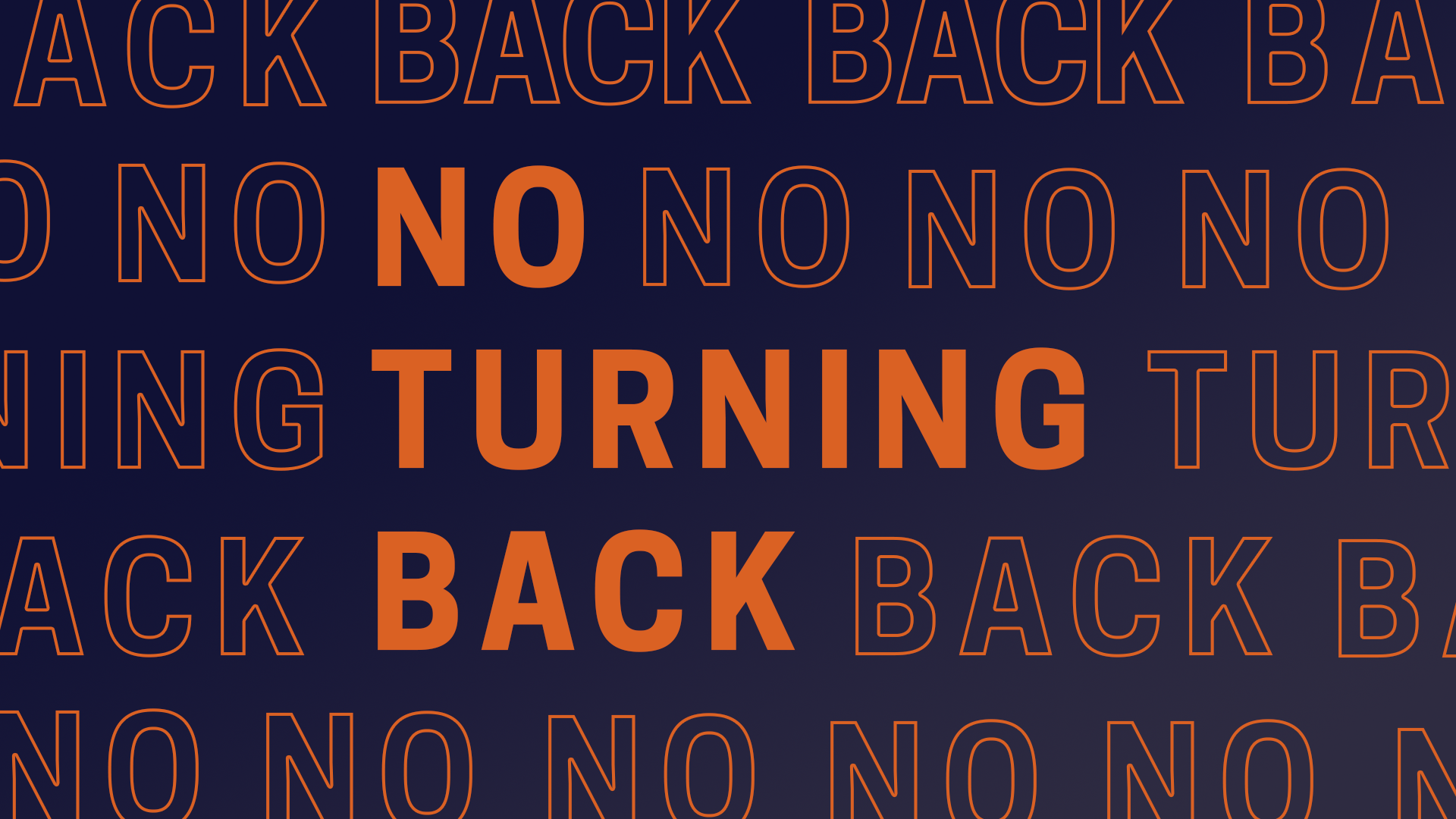Use this method to develop a fool-proof re-start plan for your business.
All businesses have found their strategies, plans, or processes severely disrupted by the onset of COVID-19. As a senior vice president of a pharmaceutical giant put it to us recently, “my 2020 plans have blown up, and I am uncertain on what to plan for next.”
The honesty conveyed by this executive should resonate with all business leaders, as we face a similar and unprecedented question: When and how should companies restart, reemerge, or reengage with their marketplaces? Answering this requires considering the many internal and external stakeholders, recognizing the realities of geographic distribution, and accepting that virus infections will intermittently spike and recede. Predictability has decreased, and organizations will have to subsequently change how they develop and implement their strategies.
We outlined in a recent No Turning Back article the need to shift to a much more flexible and iterative strategic planning process. One of the most effective techniques for implementing this sort of agile thinking into your strategic planning is through red teaming. Highly interactive red team exercises help you 1) identify the ways in which your environment has changed, and 2) pressure-test your plans given those changes.
The concept stems from Pentagon Cold War simulations—where “red” represented the Soviet Red Army—that tested the military plans that were intended to protect the United States from Soviet nuclear missile strikes. In today’s context, the “enemy” is the thinking that underlies your own organization’s plans; plans that require creative pressure testing, in order to reveal blind spots that you inherently cannot uncover.
The red team methodology we’ve built at McChrystal Group can range from rapid two-hour sessions to much deeper two-day workshops. The goal is simple: gather top leaders and hand-selected team members and force the group to holistically think through the most likely negative and positive outcomes of their plan.
Getting a pulse of your organization
Physical separation can lower trust which in turn decreases leader’s ability to get an understanding of what is possible or sustainable. In the pre-COVID world, how many have walked out of a meeting where their ideas had received head nods only to overhear disagreements at the water cooler or in one-on-one follow-ups? Increasingly so now, hearing the “real story” is hard for leaders. Voicing up dissent, concerns, or radical new ideas via video teleconference is even harder than it was in person.
To mitigate those challenges, here are the McChrystal Group’s five best practices for red teaming COVID-19 re-emergence plans:
1. Assemble the red team
Red teaming is fundamentally a combination of group brainstorming and creative problem-solving. It is about the right people in the right virtual rooms – in person or virtually. We identify the right participant group: a mix between a “core team,” or individuals with the technical expertise and familiarity with COVID-19 planning, and “cold eyes,” or smart outsiders who can provide alternative perspectives, but have no direct vested interest in the outcomes. We work with our partners to identify the best people, survey them to understand the company’s culture and interpersonal dynamics, and then produce the right agenda for those participants.
2. Define the current problem set
Red team exercises must be focused in order to create value, and the best ones are designed to surface the pain points within a business that are leading to the unspoken barriers to success. Our professional facilitators identify the purpose of the session beforehand. Using ranked prioritization, we categorize the most pressing themes and issues. The outcome is a better sense of what your business is experiencing now, how the marketplace looks, and how you should navigate crisis-induced shocks.
One powerful exercise in particular, Failure Fears, aligns leaders on perceptions of current risks through group brainstorming, anonymized voting, and ranked prioritization. This short but powerful exercise can provide clarity and order during chaos around how to, for example, recall to headquarters critical members of your remote workforce, or scrutinize the transition plan for reengaging with key clients.
3. Envision the short-term first
One of our favorite exercises to kick-off a red teaming session with is called “Creative Visioning.” In it, a group will envision a date just slightly into the future, and the relevant conditions unfolding, their personal lives, and their business on that date. By the end, participants are able to individually assess random pieces of information and construct an aggregated forecast for the next few weeks ahead.
After all, during crises, the time horizon for red teaming is collapsed from the normal practice of forecasting years into the future, to better understanding how the pandemic is impacting society, customers, and impacted stakeholders presently. Better alignment around how the business is experiencing COVID-19 now through short-term pressure-testing will inform the clearest picture of the immediate future.
4. Re-visit what was put “on the shelf”
During a crisis, all organizations become subsumed with tactical planning and survival thinking. Discussions of non-crisis issues (people, culture, innovation) are deemed a luxury. But as companies pressure-test their plans for emerging from COVID-19, they should also assess what important programs or initiatives suddenly vanished in March 2020. Facilitated red team discussions can align leaders around the importance of these programs and initiatives, and which should thus be re-started, kept on the shelf, or allowed to sunset.
5. Stay action-oriented
The insights generated from the red team exercises must be integrated into the COVID-19 re-emergence plans as quickly as possible. Instead of imagining “nice to dos” in upcoming years, focus concretely on the “must dos” that can be integrated into a practical, near-term action plan. This requires being honest with what next-steps the business has the capacity to implement soon. “What is so practical and close that your team can touch it?” is a question we often pose. The most powerful red team sessions conclude with new risks uncovered, alignment cemented, and clarity among all participants regarding who owns what going forward.
We conclude all red team sessions with an after-action report that summarize key findings and results. These reports capture all the ideas and risks raised, and serve as a compass for senior leaders moving forward.
We’ve found that red team exercises are a key component to building highly resilient and adaptable organizations. Great teams move with speed and clarity, but also have the discipline to pressure test their thinking, and are prepared to adapt when conditions change. All leaders are facing an unknowable amount of change in the months ahead. This is why we believe that incorporating red teaming in planning processes, once a smart differentiator, is now an essential component of a successful company’s plans for rebuilding & thriving after COVID-19.
Learn more about Red Teaming.




